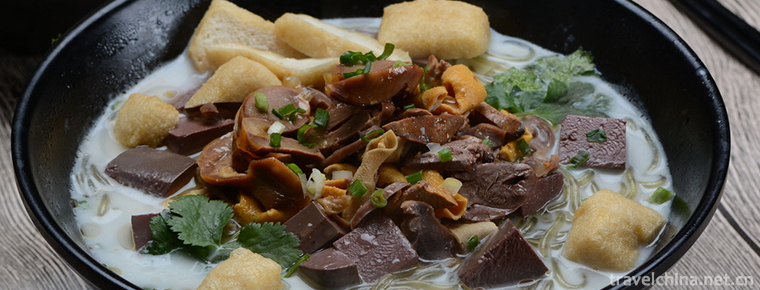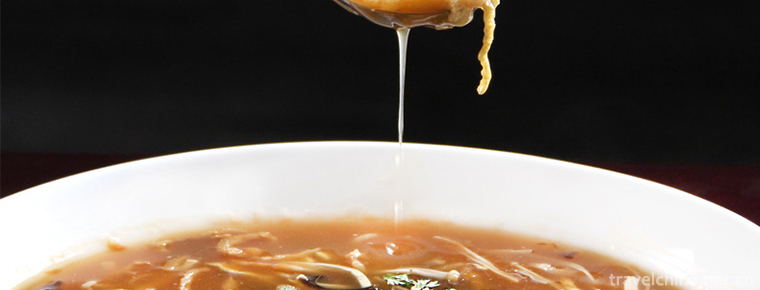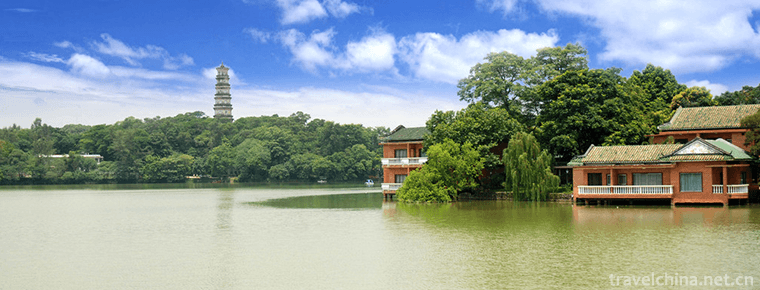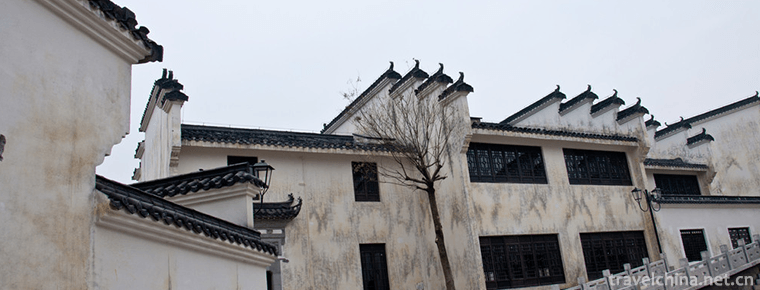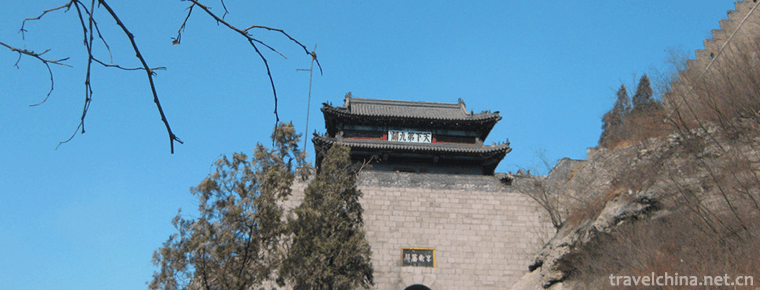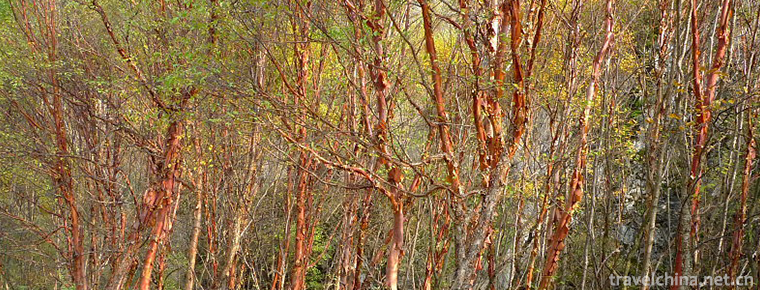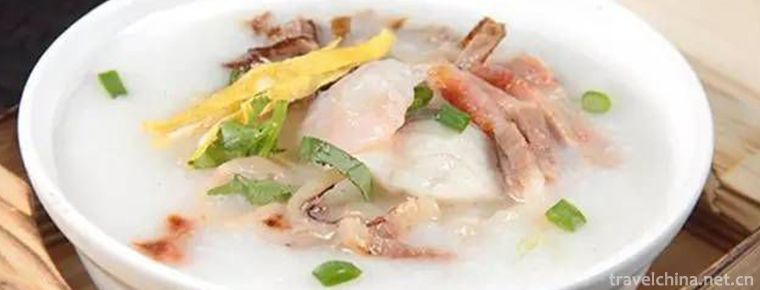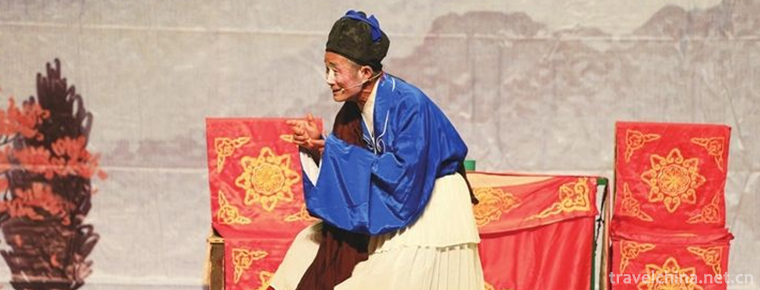The Construction Skills of Hui School Traditional Dwellings
The Construction Skills of Hui School Traditional Dwellings
The construction techniques of Hui traditional dwellings are the traditional wood structure construction techniques with rich local characteristics. The legend of woodworking techniques is written between lines and ink.
As a wonderful flower of Chinese traditional residential architecture, "Hui-style architecture" is a relic of Hui merchant culture.
On June 7, 2008, the construction techniques of Hui-style traditional dwellings were approved by the State Council and listed in the second batch of national intangible cultural heritage list.
Architectural history
Cultural style
Huizhou area was originally inhabited by ancient Yue people. Because of the humid climate in the mountainous areas of southern Anhui Province, in order to prevent jaundice, the ancient Yue people's dwelling style was mainly "dry fence" architecture. After the Han and Wei Dynasties, in order to avoid the war, many large-scale immigration of the Central Plains scholars not only changed the population and structure of Huizhou, but also brought advanced Central Plains culture.
The construction techniques of Hui-style traditional dwellings are a wonderful flower of Chinese traditional dwelling buildings. They are praised for their precise and meticulous village layout, compact and fine architectural pattern, unified and distinct architectural style, profound cultural background, rich and varied architectural decoration, exquisite and superb construction techniques, and can be regarded as the typical representative of Chinese traditional dwelling buildings. Businessmen generally take pains to do things, buy land and build houses economically and economically, thus resulting in a small scale of construction, small patio, no Hall of the final effect. But they are rich, knowledgeable and have a certain appreciation ability, so they will spare no money to engage in brick carving, wood carving decoration, because they know that this is not only a realistic living space effect.
Honor
In June 2008, the construction techniques of Hui traditional dwellings were selected into the second batch of intangible cultural heritage list.
In 2010, as a sub-project of "Chinese traditional wooden structure construction technology", Huizhou traditional architectural construction technology was included in the UNESCO list of representative works of intangible cultural heritage of human beings.
Architectural features
The main combination methods of wood as main building materials, tenon and mortise as wood components, and the building construction technology system of modular system as scale design and processing and production means. This traditional building skill is handed down from generation to generation in the form of "words and deeds" between teachers and apprentices. It has lasted for 7000 years and spread to Japan, Korea and other East Asian countries. It is the representative of ancient Oriental architectural technology. Huizhou traditional architectural construction technology is a treasure of folk architecture art that has been formed gradually by local people in the construction practice for more than 2000 years. It has high academic and practical value. Among them, powder wall, Daiwa, Horsehead wall, brick, wood and stone carving, as well as stacked courtyards, high ridge eaves, winding corridors, pavilions and pavilions constitute a single tree. A School of Hui style architecture keynote. The gables of "Hui-style architecture" are like a banner of calligraphy and painting and a screen, so they are commonly called "screen walls". A rough look, but the real difference is that a horse head like a leap of ambition, a screen like stretching has a long history.
Inheritance of Intangible Heritage
The Ministry of Culture announced the fourth batch of representative successors of national intangible cultural heritage projects, Hu Gongmin was selected.
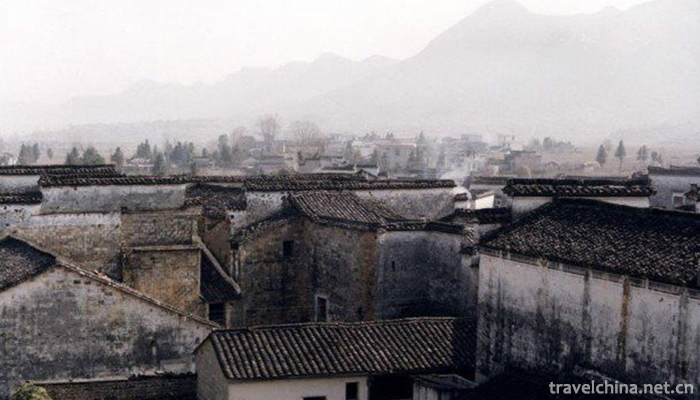
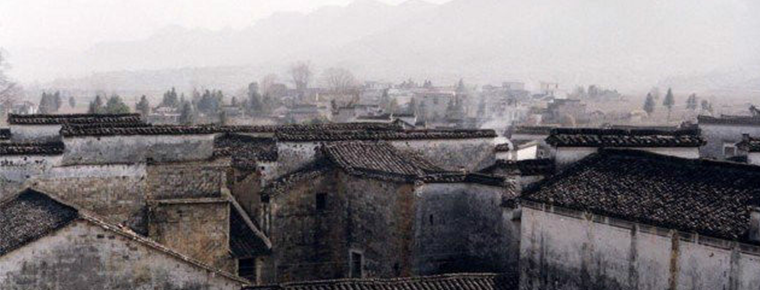
The Construction Skills of Hui School Traditional Dwellings
-
Duck blood soup with vermicelli
Duck blood vermicelli soup is a famous specialty in Nanjing, belonging to Jinling food...
Views: 239 Time 2018-10-26 -
Free and unfettered hu hot soup
The authentic Xiaoyao Town Hu Hot Soup, produced in Xiaoyao Town, Xihua County, Zhoukou City, Henan Province, is a famous snack in China
Views: 309 Time 2018-11-26 -
Huizhou West Lake Scenic Spot
Huizhou West Lake scenic area is located in the central area of Huicheng in Guangdong Province, Southeast of Huizhou City, consisting of West Lake and the Red Lake, a total area of 20.91 square kilome
Views: 129 Time 2018-12-12 -
Hefei Intangible Cultural Heritage Park
Hefei Intangible Cultural Heritage Park project is located in Changfeng County, Hefei City, China. The project covers an area of about 3500 mu, with a total investment of 500 million yuan and a constr
Views: 182 Time 2019-01-13 -
Niangziguan Scenic Area
Niangziguan is a famous pass of the Great Wall of China, known as the Ninth Pass of the Great Wall of China, and it is a must for military strategists of all dynasties.
Views: 241 Time 2019-02-07 -
The tru Valley
Turugou is located in Liancheng Forest, Yongdeng County, 160 kilometers northwest of Lanzhou City. It belongs to the eastern foot of Qilian Mountains.
Views: 208 Time 2019-02-22 -
Xishan Scenic Area Kunming Yunnan
The Xishan Scenic Area in Kunming, Yunnan Province, is a forest park with ups and downs, verdant trees, white birds contending and beautiful scenery. Dense forest vegetation
Views: 176 Time 2019-02-25 -
Steamed egg with sand
Steamed eggs with ginseng sand is a traditional Chinese medicine, which has the effect of invigorating qi, nourishing blood and soothing the mind.
Views: 164 Time 2019-03-24 -
Quail gruel
Ingredients: Quail, 100 grams of Japonica rice, 20 grams of red beans, 3 pieces of ginger, 10 grams of cooking wine, proper amount of salt, monosodium glutamate, pepper and sesame oil.
Views: 292 Time 2019-03-24 -
Oroqen Folk Songs
The Oroqen nationality mainly distributes in the Oroqen Autonomous Banner, Buteha Banner of Hulunbeier League, Inner Mongolia Autonomous Region and
Views: 246 Time 2019-04-28 -
Yongxiu Yaya Opera
Yongxiu Ya Opera originated in Wu Town, one of the four famous towns in Jiangxi Province. It was born in the late Ming Dynasty and Ganbei Bench Opera. Because all of its female characters were played
Views: 215 Time 2019-07-14 -
Guangyuan secondary industry
In 2018, the total industrial added value of Guangyuan was 30.018 billion yuan, an increase of 9.4% over the previous year. The contribution rate of industry to economic growth is 44.3%, which drives economic growth by 3.7 percentage points.
Views: 344 Time 2020-12-15
